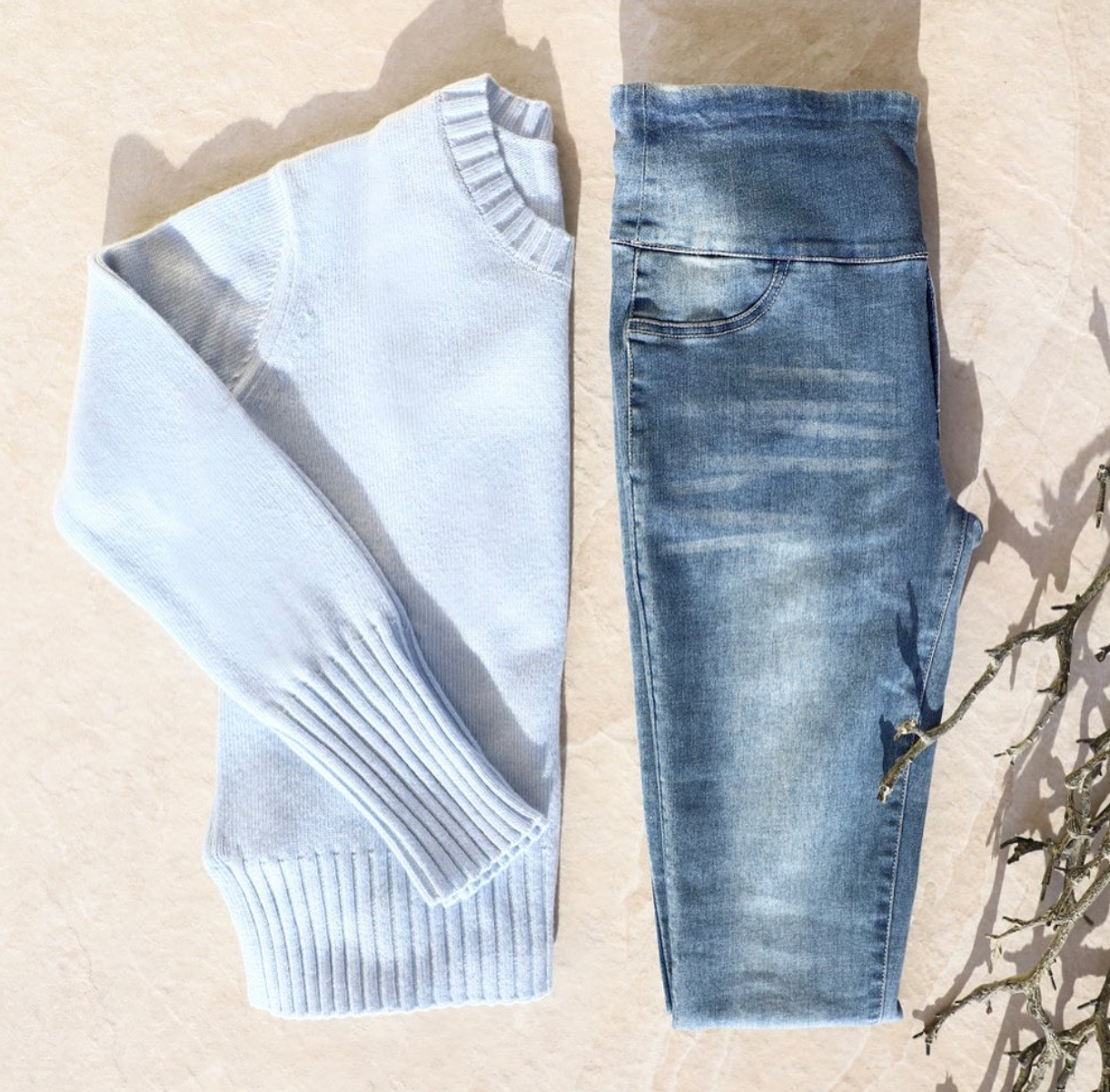
It wasn’t too long ago that many mums believed that returning to work meant having to abandon breastfeeding. But as evidence continues to mount about the incredible benefits of breastfeeding our babies from one year and beyond, mums are trying harder than ever to combine breastfeeding with their return to work or school plans.
There are a lot of elements that will best predict the success of your continued breastfeeding journey, like:
1. How old is your little one?
Though Australia provides 18 weeks of paid maternity leave to mums and dads, that still doesn’t mean that everyone wants to or can afford to take that time off. The older your baby is before heading back, however, the easier continued breastfeeding will likely be.
2. How well established is your feeding?
Also somewhat related to age, if you head back to work with a well-established feeding routine, you’ll significantly increase your chances of successfully breastfeeding your baby while at work.
3. How does your employer feel about pumping?
Your workplace should both allow for breaks at regular intervals and have a safe, private space for you to pump (ideally near an electrical outlet).
4. How well does your child take a bottle or sippy cup?
In the weeks before heading back to work, start familiarising your bubs with a bottle or, if six months and older, a sippy cup with warmed breast milk. Don’t start before three weeks of age, however, as this can interfere with your child’s interest in breastfeeding.
5. How does your childcare provider feel about feeding your baby?
Believe it or not, some childcare providers may not have the time or the desire to warm breast milk and feed it to your child. Take the time to find a provider who is familiar with handling breast milk and feeding babies.
Tips for returning to work for breastfeeding mums
Get familiar with your pump
Whether manual or electric, you’ll want to become good friends with your breast pump before heading back to work. This is especially important as you may experience a temporary decline in milk production in the days or weeks after returning to work due to stress and a change in schedule.
Have a “trial” week before returning to work
Drop your baby off with their new childcare provider, starting with an hour or two on day one and working up to a full day by the end of the week. See how well you can manage to pump and to have the childcare provider feed your baby.
Have a backup supply on hand
Freshly expressed and refrigerated breast milk is best since frozen milk loses some of its protective enzymes and antibodies. It’s still a good idea to have at least 16 ounces of frozen milk stored in your freezer (it should be good for six to 12 months).
Set a nursing and pumping schedule
If you work a regular eight hour work day, the best thing to do is to plan to breastfeed your baby throughout the night, right before leaving for work and again when you return home (or, if your bub is particularly eager, in the car after you pick them up). While at work, pump when your baby would typically feed. This will likely work out to being two to three sessions a day, two to three hours apart.
Go to work prepared
Breast pads, milk storage bags or bottles, and a small cooler bag are all handy to have when at work. Be sure to try on our stylish breastfeeding attire here at Peachymama so you can comfortably and discreetly pump and feed – and have a backup shirt on hand just in case you make a mess while pumping.
Photo by Thomas Lefebvre on Unsplash
Further Reading:
https://www.breastfeeding.asn.au/workplace/mothers/return-to-work
https://www.breastfeedingbasics.com/articles/returning-to-work


